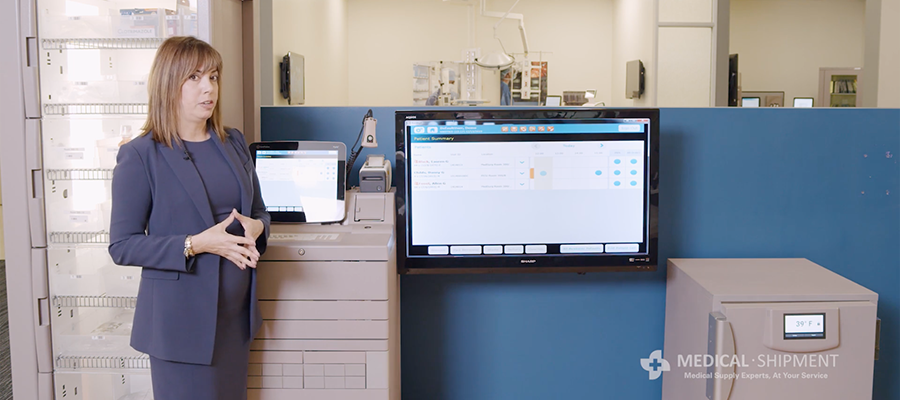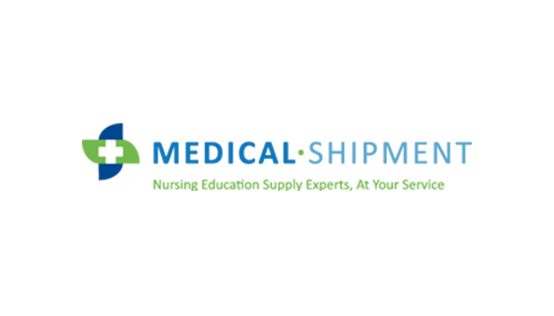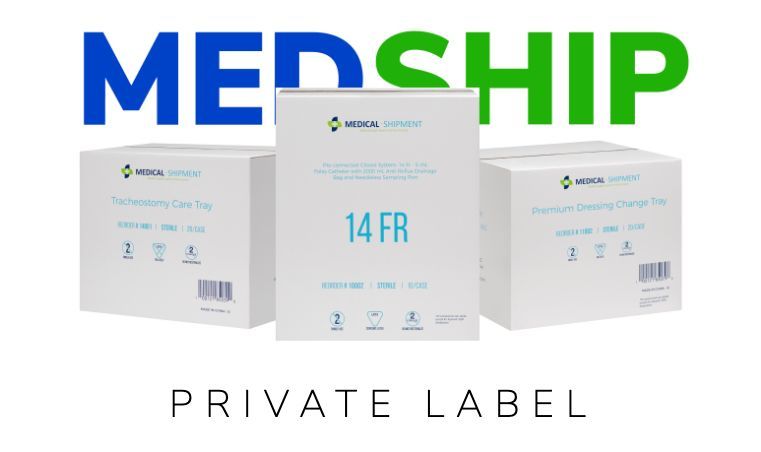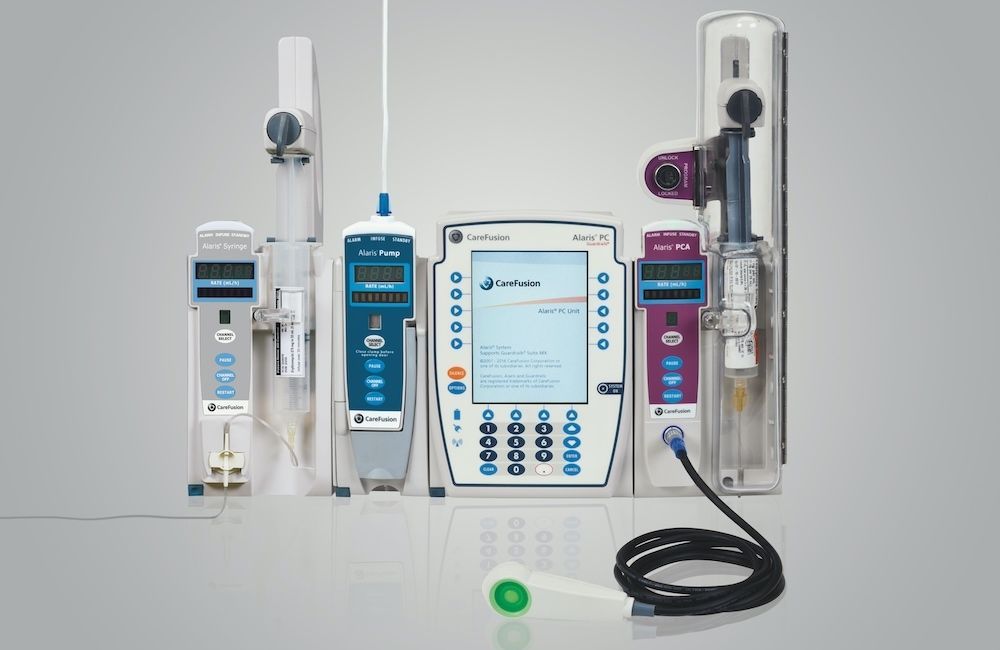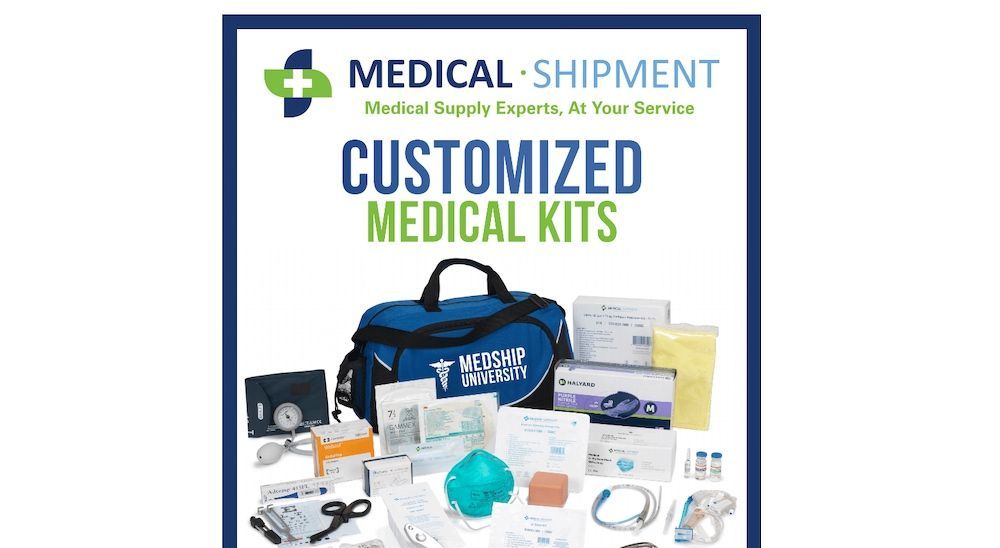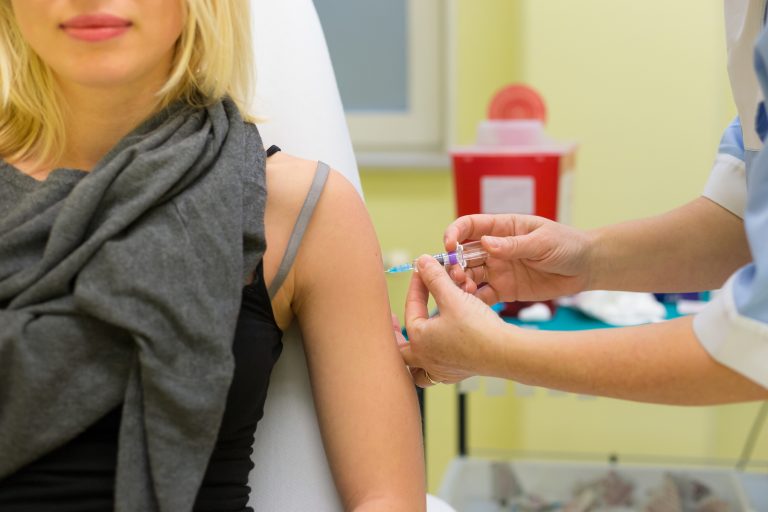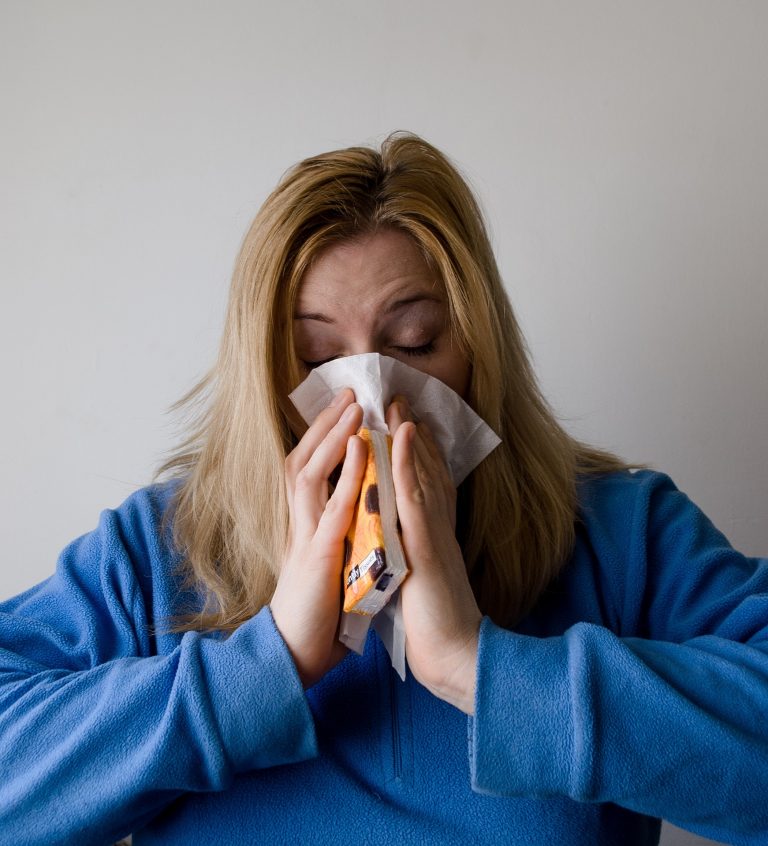Recently we covered why Dr. Pam Jeffries, Professor of Nursing and Dean of George Washington University School of Nursing says “Every simulation center today needs a Pyxis, as well as shared an expose on why BD is working exclusively with Medical Shipment to distribute its MedStation ES machines to nursing simulation programs in the United States. Today, we share a just released series of videos produced by Medical Shipment that showcase the benefits, value, and operational workflows of the MedStation ES. These videos are must watch guides for any simulation in nursing program considering an acquisition of this very helpful medication administration learning system!
Video 1: Intro to Pyxis MedStation ES for Nursing Simulation Educators
Kelly Larrabee-Robke, the Vice President of Clinical Thought Leadership at BD opens the first video saying “Today I’d like to show you around some of the devices, particularly the MedStation ES system and nursing workflows.” She continues sharing that the first video will cover “the value of Pyxis to nursing, why it’s important to train our future nurses on the workflows and the capabilities of Pyxis.
This video will also give you some information to support and ensure the competencies in practice, and the confidence and practice that nursing students need when they make the transition from the practicum environment to the floor, and through licensure onto their career.”
She further explains in the video that “We know that nurses spend over 24-25% of their time at a minimum, on medication activities, whether that is on orders, whether that is on education, administering the medication, retrieving the medication, monitoring for signs and symptoms. So we really want to protect and fortify those activities and optimize them where possible to ensure that nurses are getting the maximum time at the bedside with their patients on those activities that matter most. And we also want to protect the nurse and ensure that they are administering medications at the right time, at the right place, and ensure safety and quality throughout the care delivery process.”
Video 2: Pyxis MedStation ES Features
In this video, we walk through a few features of the actual hardware and software configuration of the Pyxis MedStation ES system to help sim lab coordinators, clinical simulation instructors, and simulation in healthcare faculty prepare students for the optimal experience and the intuitive look and feel of how the equipment and the system operates to support nursing care workflows.
